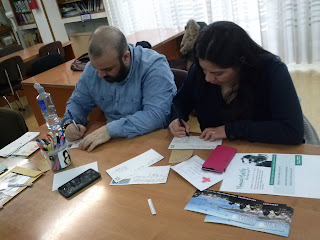Spokane (also known as the Lilac City), is a city in
Washington State, in the
northwestern United States. It is located on the
Spokane River, west of the
Rocky Mountain foothills in eastern Washington, touching Idaho.
Spokane
has a population of 208,916, making it the second largest city in Washington.
The city is served by Spokane International Airport, 5 miles (8 km) west of downtown Spokane.
The city has exciting culture and a robust infrastructure. Downtown is
an emerging cultural center having undergone billions of dollars in new
investments over the past few years. The population refers to themselves as
"Spokanites", signifying a united community.
There
are several museums in the city, most notably the Northwest Museum of Arts and
Culture.
Spokane
is known as the birthplace that led to the proposal and eventual establishment
of Father`s Day as a national holiday in the U.S.
The
Lilac Bloomsday Run, held in summer on the first Sunday of May, is a 7.46-mile
(12.01 km) race for competitive runners as well as walkers that attracts
international competition.
Spokane is
close to dozens of lakes and rivers. People use these for swimming, boating,
rafting, and fishing. Nearby mountains provide skiing, hiking, biking and
sightseeing.
Spokane's
streets use a street grid that is oriented to the four cardinal directions;
generally, the east–west roads are designated as avenues, and the north–south
roads are referred to as streets.
The
Spokane area has six major hospitals, four of which are full-service facilities.
The healthcare industry is a large and increasingly important industry in
Spokane; the city provides specialized care to many patients from the
surrounding Inland Northwest and as far north as the Canadian border .

























